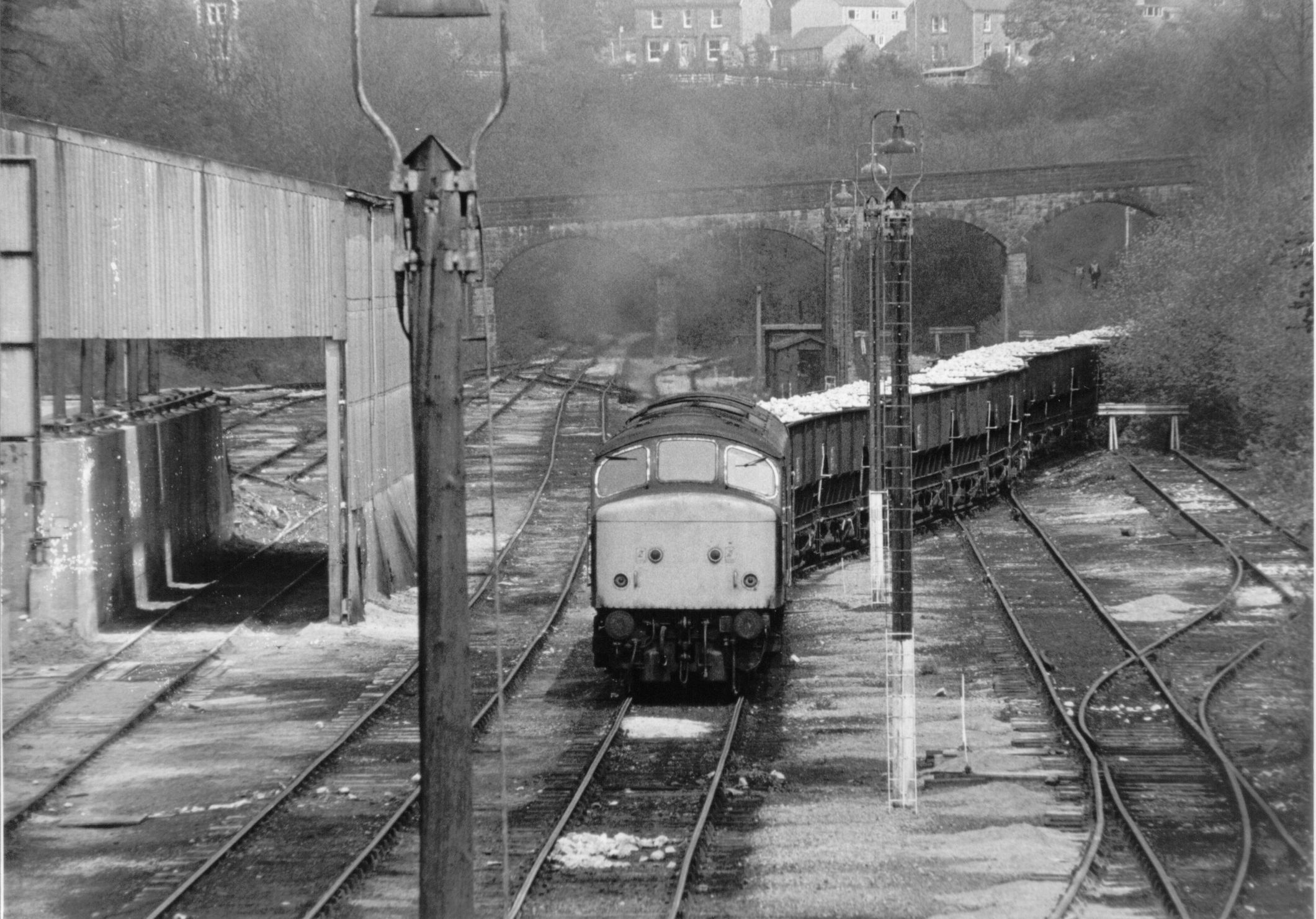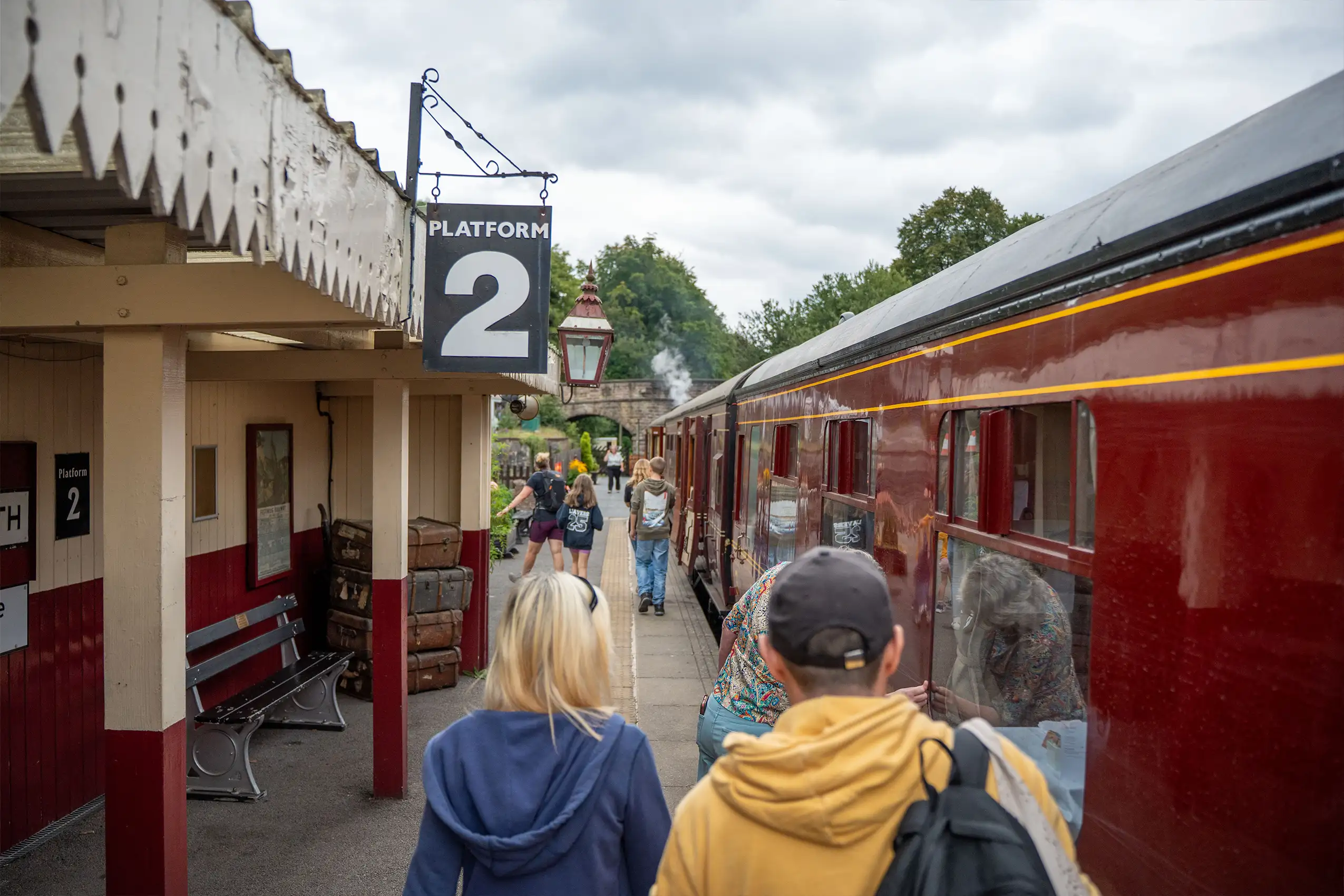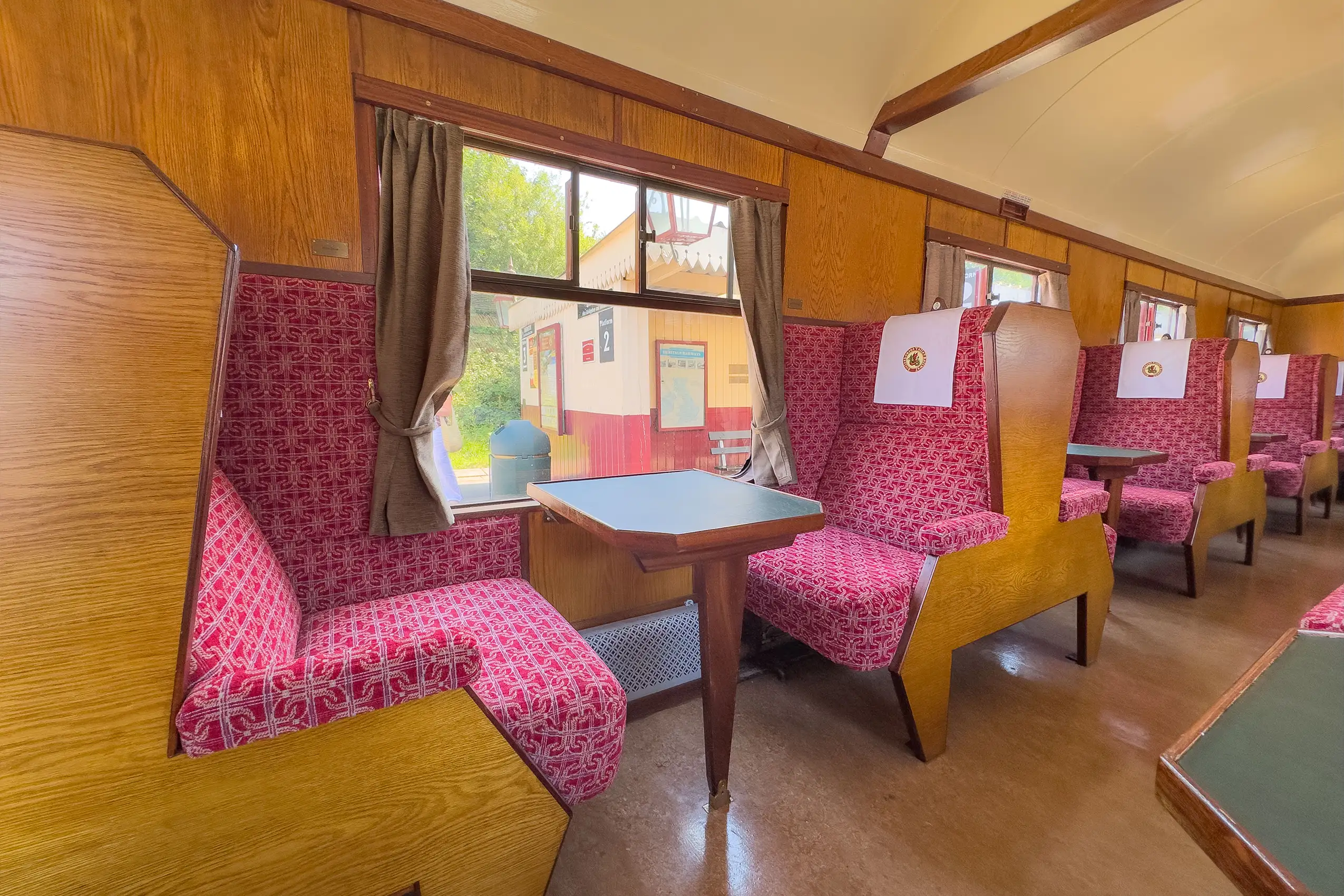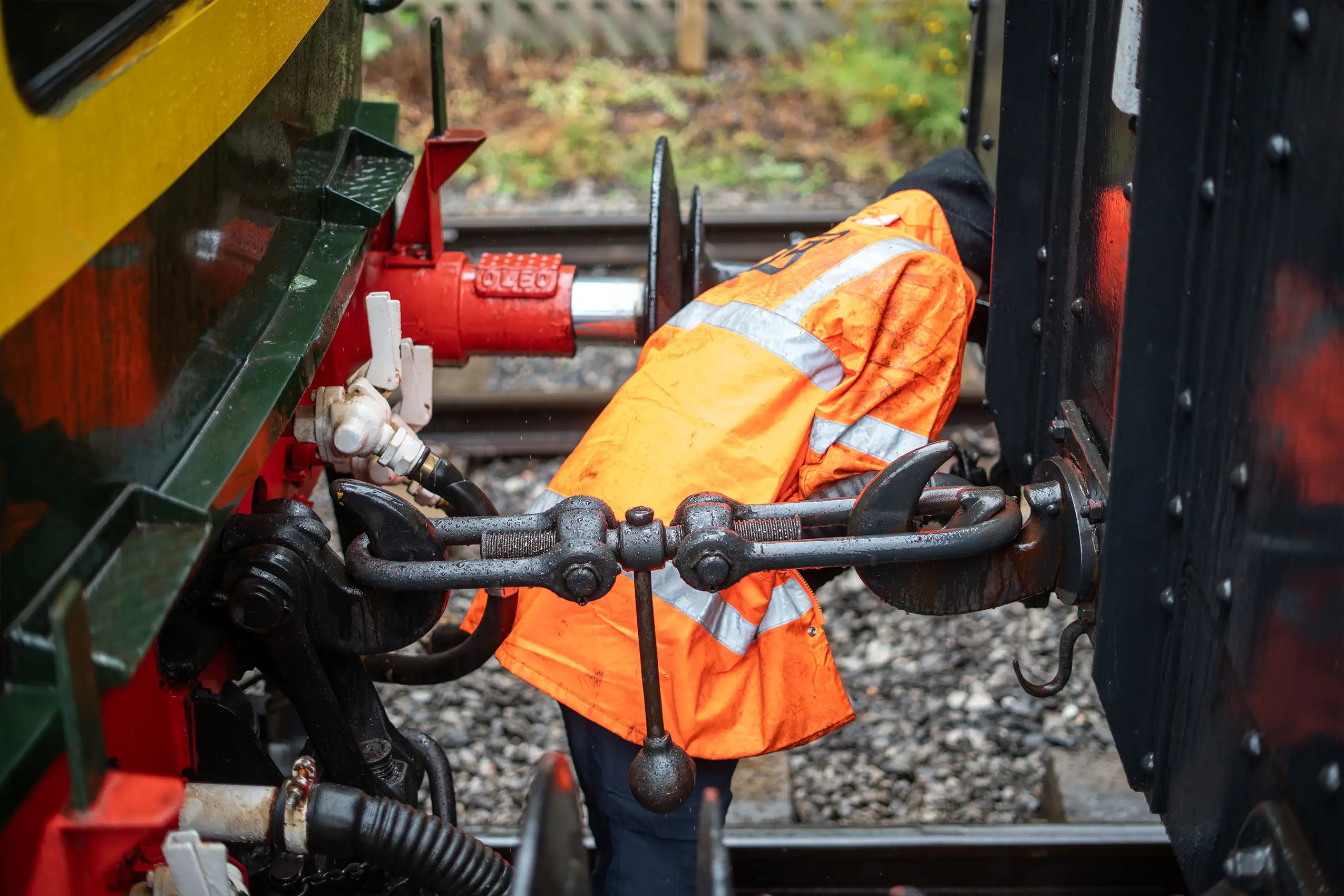About us
WyvernRail Limited, the owners and operators of Ecclesbourne Valley Railway, was established in 1992 whose directors came from the worlds of British Rail management and railway restoration.
The initial plan was to lease the redundant line from Railfreight Construction (the BR sector then responsible for the line) and operate a community railway service between Wirksworth and Derby, using leased diesel multiple units.

The Railways Act (1993) created the framework that would allow WyvernRail to start the process of establishing the new passenger rail service, but there were so many hurdles to overcome that progress ground to a halt.
Whilst plans for the new passenger were being re-considered there was a very real threat that the line could be closed for good, but the saving grace was that Wirksworth Station’s yard was designated as a Strategic Freight Site, which meant that the yard was protected for railway use and also prevented the closure of the line.
In 1990 the line came close to being lost forever when around a mile of continuously welded track was lifted between Idridgehay and Shottle.
Fortunately, the work was stopped by British Railways management as there was the possibility that local quarries would start using the line. As a result, the line was mothballed and the Strategic Freight designation remains in place to this day.
With the line secure, the directors faced further challenges before they could start operating rail services, but in 1996 there was a real breakthrough: WyvernRail secured a Light Railway Order for the line.
At this time they also considered other projects, one of which led to the company pre-qualifying to bid for a major InterCity passenger service franchise and instead of an Open Access designation, the company opted for a straight lease or purchase of the line.


In 1997, the Derby and Wirksworth Railway Association was formed in response to growing interest in WyvernRail’s activities. In 2000, the association became the Ecclesbourne Valley Railway Association and membership took off when the final obstacles for the reinstatement of the line were removed.
For WyvernRail, progress began to accelerate in the summer of 2000, when Railtrack’s management not only took an interest in the firm’s activities but provided a proactive and imaginative basis for negotiations and also allowed volunteers to work on the line.
In 2002 WyvernRail became a Plc, the result of a successful share launch, buoyed on with the confirmation that the line could be restored.
In April 2011 Ecclesbourne Valley Railway celebrated another milestone: the line between Duffield and Wirksworth was fully re-opened and has been open and thriving since.
Over the last 14 years the directors and a dedicated team of volunteers have continued to improve the infrastructure, re-lay track, expand operations, including regular weekend services and a variety of special events, and develop a range of locomotive-driving experiences.
Since 1992, WyvernRail has had to overcome numerous obstacles; the directors have faced losing the line altogether and have had to work tirelessly to restore the railway to become the success story it is today: the longest heritage line in Derbyshire where everyone is welcome.

Our corporate railway services

Test Track Facilities
Through our sister company, MyTestTrack, our 9.5-mile railway is frequently used by rail companies for a variety of uses, including staff training and development, both classroom-based on trackside, along with extensive opportunities to test locomotives and rolling stock.

Location Filming
Through our other sister company RailFilmLocations we offer a wide range of locations for filming, including at our stations, on the footplate and inside our wide range of heritage and contemporary rolling stock. We have previously worked with a range of production companies including BBC Studios, BBC Films and BBC Cymru.